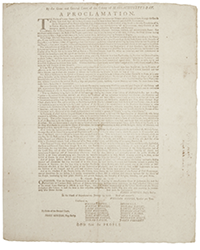Asia has receive a lot of attention lately, sometimes for the wrong reason. It has been a whipping boy in the tariff debate. Its sin has been the ability to produce goods Americans want at a price they can afford.
But there is much more to Asia than manufacturing. There are unique cultures which for many Americans are unknown. The young have caught on better, with K-pop being a phenomenon of the last decade among American youth. But, there is much more than that. This is what the Asia Society was created for, to introduce those cultures to Americans.
The Asia Society was founded in New York in 1956 and that remains its main headquarters. However, it now also has locations in several other cities in America as well as others around the world. It describes its mission as “Asia Society fosters insight, encourages engagement, elevates regional voices, informs and educates new audiences, addresses complex – and where necessary – contentious challenges, engages in creative problem-solving, and helps deliver real solutions for the benefit of all.” And, succinctly, teach Americans about Asia and its peoples.
On May 9, there will be a presentation focused on post-Korean War art at the Asia Society and Museum in New York. It is centered around a recently published book, The Making of Modern Korean Art: The Letters of Kim Tschang-Yeul, Kim Whanki, Lee Ufan, and Park Seo-Bo, 1961–1982. During the post-war period, Korean artists were redefining their cultural identity, while articulating their collective trauma and existential dislocation. Many turned to abstraction when forging a distinctly Korean modernity. The book is a landmark volume uncovering the intellectual and emotional exchanges between four artists who helped define modern Korean art. It contains previously unpublished correspondence between the four artists, translated to English.
Kim Whanki (1913–1974) evolved from semi-abstracted depictions of moon jars and plum blossoms to the all-over dot paintings from his New York period (1963–1974), blending a Korean sensibility with global avant-garde influences. Park Seo-Bo (1931–2023) and Kim Tschang-Yeul (1929–2021) were deeply influenced by the European movement Art Informel. Kim Tschang-Yeul became known for his water droplet paintings, while Park Seo-Bo developed his Ecriture series in the 1960s, defined by its monochromatic palette and a rigorous focus on repetition, process, and discipline. Lee Ufan (b. 1936), a key figure in the Mono-ha movement that began in the 1960s in Japan, transitioned in the early 1970s to his From Point and From Line series. By the mid-1970s, each artist had developed a singular visual idiom: distinct yet unified by a shared ambition to advance Korean art on the global stage.
The artists dispersed geographically, but remained in close contact for decades through their letters. The Asia Society notes, “In the absence of a robust cultural infrastructure in Korea, their letters became essential conduits for critical exchange, exhibition planning, and mutual support...Their letters not only offer an unprecedented window into their artistic development but also reveal a collective commitment to building a Korean modernism that could engage with the broader narratives of postwar art.”
The speakers are:
Kyung An - Curator, Asian Art Initiative, and Head, Global Exhibitions Initiative, Solomon R. Guggenheim Museum and Foundation.
Doryun Chong - Artistic Director and Chief Curator, M+, Hong Kong.
Yeon Shim Chung - professor in the Department of Art History and Theory at Hongik University in Seoul.
Dr. Yasufumi Nakamori - Vice President of Arts and Culture and Museum Director of Asia Society, New York.
Andrew Russeth - editor of Artnet News Pro.
Lee Ufan - from Kyongsang-namdo, South Korea, lives and works in Kamakura, Japan, and Paris, France. He is a celebrated artist and critic. Recognized as a central figure of the postwar art movements Dansaekhwa in Korea and Mono-ha in Japan, Lee has profoundly shaped contemporary art approaches to materiality, space, and perception across painting, sculpture, and installation. Turning 88 next month, he is the only surviving artist among the four whose letters are now explored.
The event will take place Friday, May 9, 2025, at the Asia Society and Museum, 725 Park Avenue (at 70th Street), New York N.Y. 10021.



![<b>Heritage, Dec. 15:</b> John Donne. <i>Poems, By J. D. With Elegies on the Author's Death.</i> London: M[iles]. F[lesher]. for John Marriot, 1633. <b>Heritage, Dec. 15:</b> John Donne. <i>Poems, By J. D. With Elegies on the Author's Death.</i> London: M[iles]. F[lesher]. for John Marriot, 1633.](https://ae-files.s3.amazonaws.com/AdvertisementPhotos/8caddaea-4c1f-47a7-9455-62f53af36e3f.jpg)
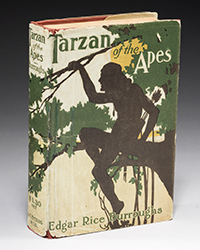
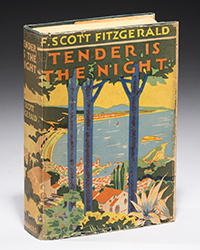
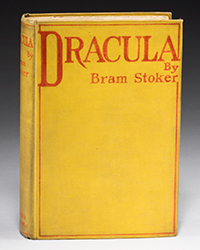
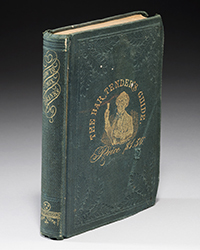

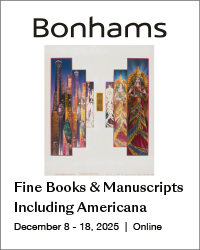

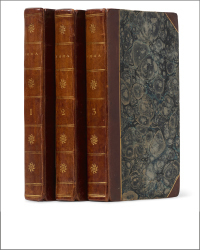
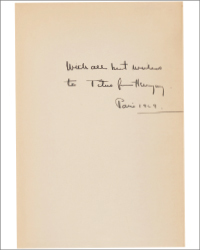
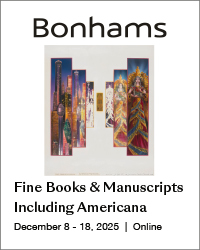
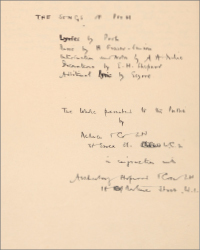

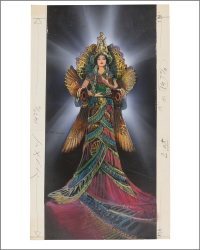
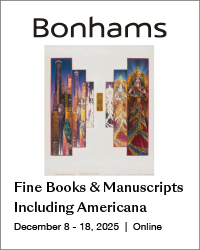
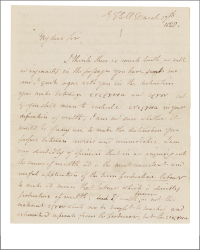
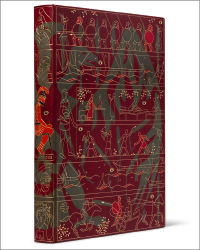
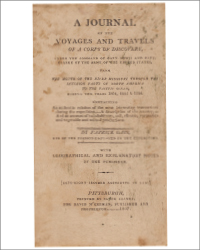

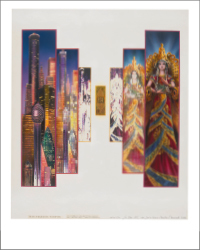
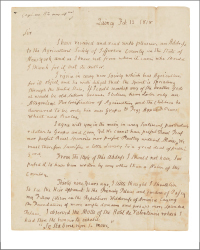

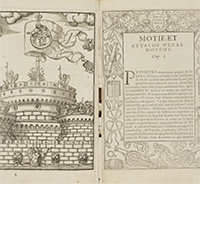
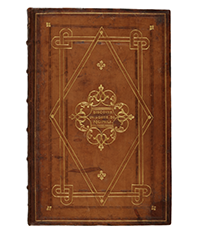
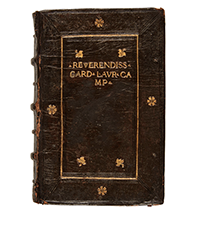
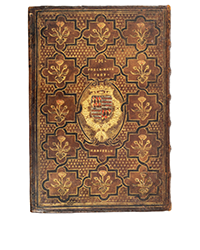

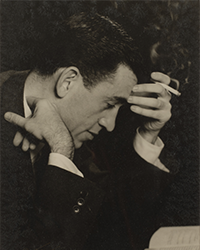
![<b>Sotheby’s, Dec. 16:</b> [Austen, Jane]. A handsome first edition of <i>Sense and Sensibility,</i> the author's first novel. $60,000 to $80,000. <b>Sotheby’s, Dec. 16:</b> [Austen, Jane]. A handsome first edition of <i>Sense and Sensibility,</i> the author's first novel. $60,000 to $80,000.](https://ae-files.s3.amazonaws.com/AdvertisementPhotos/9a74d9ff-42dd-46a1-8bb2-b636c4cec796.png)
